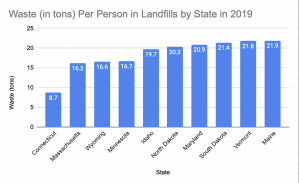For my final blog post of the term, I will focus on Global Perspective. A global perspective is a viewpoint that attempts to understand the place of individuals, groups, cultures, and societies in the world and how they relate to each other. An example of a global perspective is studying the implications of economic policies on illegal drug use specifically the supply chain, where the drug is produced, and the local area where the drug is sold.
The link below provides information on the global perspective of climate change. In terms of the math part of this, According to The Fourth Assessment Report (AR4) of the Intergovernmental Panel on Climate Change, the atmospheric concentration of CO2 has increased from 280 ppm in the period 1000–1750 AD to 379 ppm in the year 2005. The concentration of methane in the atmosphere has more than doubled from 700 ppb in the period 1000–1750 AD, to reach a concentration of 1774 ppb in the year 2005. The concentrations of hydrofluorocarbons, perfluorocarbons, SF6, and N2O have also increased. The tropospheric concentration of ozone has increased even though its stratospheric concentration has decreased.
https://link.springer.com/chapter/10.1007/978-1-4020-5774-8_1#:~:text=The%20global%20mean%20surface%20temperature,warmed%20faster%20than%20the%20oceans.


